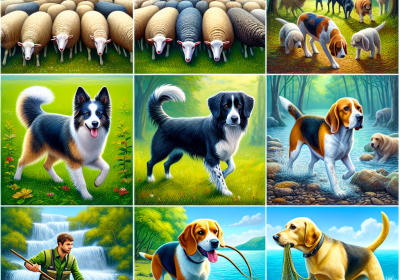Canine Freework Activities for Different Dog Breeds
Table of Contents
- Benefits Of Canine Freework For High-Energy Breeds
- Adapting Freework For Senior And Special Needs Dogs
Canine Freework is an innovative approach to dog training and enrichment that emphasizes the natural behaviors and instincts of different dog breeds. This method involves a variety of activities designed to engage a dog’s senses, stimulate their minds, and provide physical exercise, all while allowing them to explore and interact with their environment in a free and unstructured manner. By tailoring activities to the specific characteristics and needs of various breeds, Canine Freework helps to enhance the overall well-being of dogs, promoting mental stimulation, reducing stress, and fostering a deeper bond between dogs and their owners. Whether it’s scent work for hounds, agility exercises for herding breeds, or problem-solving tasks for working dogs, Canine Freework offers a versatile and enriching experience that caters to the unique traits and preferences of each breed.
Evaluating Creativity and Originality in Canine Freework Routines
In the realm of canine freework competitions, evaluating creativity and originality in routines is a multifaceted process that requires a keen eye and a deep understanding of both canine behavior and performance art. Judges are tasked with the responsibility of assessing not only the technical execution of the routines but also the innovative elements that set one performance apart from another. This evaluation process is crucial in ensuring that the competition remains dynamic and engaging, encouraging participants to continually push the boundaries of what is possible in canine freework.
To begin with, creativity in canine freework routines is often gauged by the uniqueness of the movements and sequences presented. Judges look for routines that go beyond the standard repertoire of tricks and commands, incorporating novel elements that demonstrate the handler’s ingenuity and the dog’s versatility. For instance, a routine that seamlessly integrates complex maneuvers, such as intricate footwork or synchronized movements, can be seen as highly creative. Additionally, the use of props and thematic elements can significantly enhance the originality of a routine, providing a narrative or visual spectacle that captivates the audience and judges alike.
Moreover, the originality of a routine is also evaluated based on its departure from conventional patterns and its ability to surprise and delight. Judges appreciate routines that offer unexpected twists or innovative interpretations of familiar tricks. This could involve reimagining traditional obedience commands in a new context or combining multiple skills in a way that has not been seen before. The element of surprise is a powerful tool in canine freework, as it keeps the audience engaged and demonstrates the handler’s ability to think outside the box.
Transitioning to the execution of these creative ideas, it is essential that the originality of a routine does not come at the expense of precision and control. Judges must balance their appreciation for creativity with a critical eye on the technical proficiency displayed. A routine that is highly original but poorly executed will not score as well as one that is both innovative and flawlessly performed. Therefore, handlers must ensure that their creative concepts are well within the capabilities of their dogs and that they have been thoroughly practiced to achieve a polished performance.
Furthermore, the synergy between the handler and the dog plays a pivotal role in the evaluation of creativity and originality. Judges look for routines where the partnership is evident, and the dog appears to be an active and willing participant rather than merely following commands. This harmonious interaction can elevate a routine, making even the most complex and creative sequences appear effortless. The bond between the handler and the dog is a testament to the training and trust that underpin successful canine freework, and it is a critical factor in the overall assessment.
In addition to these criteria, the presentation and showmanship of the routine are also considered. A creative routine that is presented with flair and confidence can leave a lasting impression on the judges. This includes the handler’s ability to engage with the audience, the use of music to enhance the performance, and the overall flow and coherence of the routine. A well-presented routine not only showcases the dog’s skills but also highlights the handler’s ability to craft a compelling performance.
In conclusion, evaluating creativity and originality in canine freework routines involves a delicate balance of assessing innovative ideas, technical execution, handler-dog synergy, and overall presentation. Judges must be adept at recognizing the nuances that distinguish a truly original routine from a conventional one, while also ensuring that the performance meets the high standards of precision and control expected in competitive canine freework. This comprehensive approach ensures that the competition remains a vibrant and evolving showcase of the incredible bond between humans and their canine companions.
Benefits Of Canine Freework For High-Energy Breeds
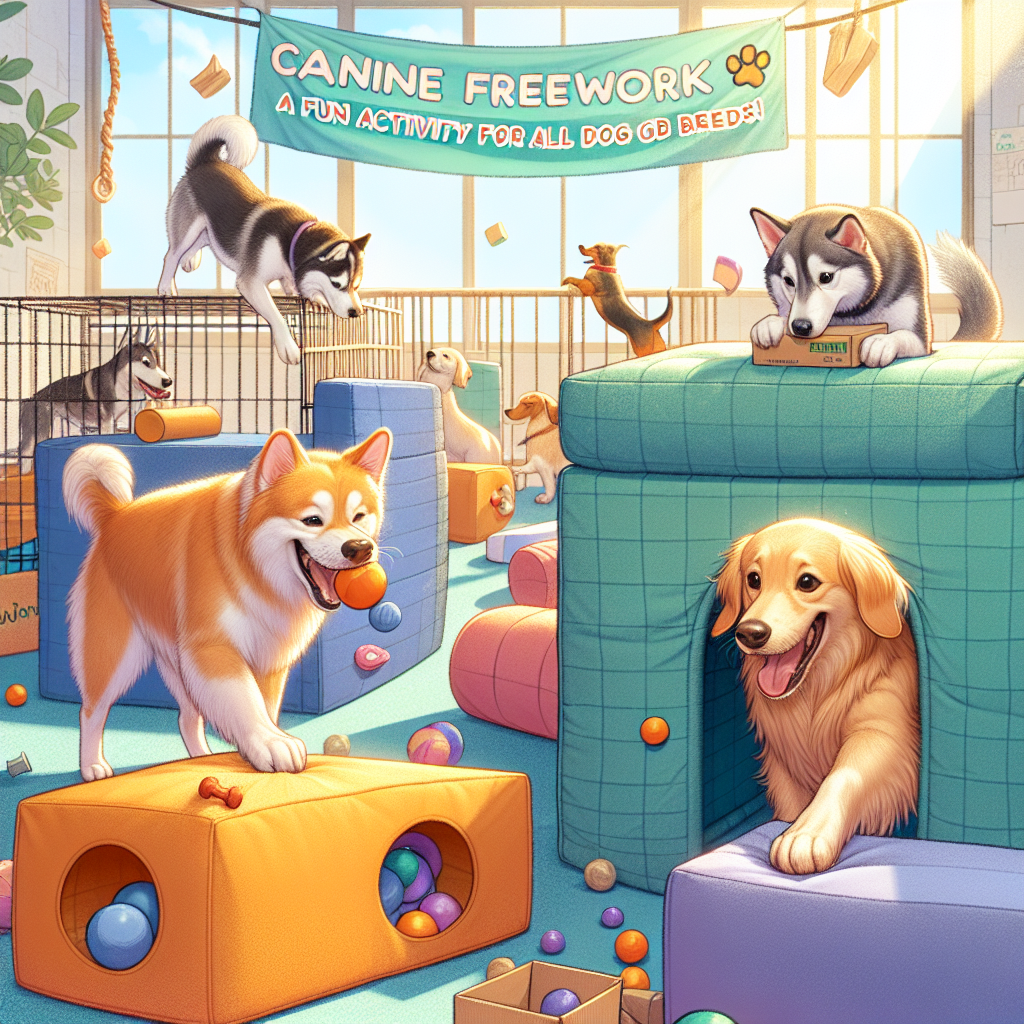
Canine freework, a concept that emphasizes allowing dogs to engage in natural behaviors and activities without strict human direction, offers numerous benefits, particularly for high-energy breeds. These breeds, which include Border Collies, Australian Shepherds, and Jack Russell Terriers, often require more mental and physical stimulation than their lower-energy counterparts. Engaging in freework activities can significantly enhance their overall well-being, providing an outlet for their boundless energy and innate instincts.
One of the primary benefits of canine freework for high-energy breeds is the opportunity for mental stimulation. These dogs are often highly intelligent and require complex tasks to keep their minds engaged. Freework activities, such as scent work, puzzle toys, and problem-solving games, can challenge their cognitive abilities and prevent boredom. Boredom in high-energy breeds can lead to destructive behaviors, such as chewing furniture or excessive barking. By providing mentally stimulating activities, owners can help mitigate these issues and promote a more harmonious household.
In addition to mental stimulation, freework activities offer substantial physical benefits. High-energy breeds need regular, vigorous exercise to maintain their physical health and prevent obesity. Traditional forms of exercise, such as walking or running, may not always be sufficient to meet their needs. Freework activities, such as agility courses, fetch games, and off-leash play in safe, enclosed areas, can provide the intense physical exertion these dogs crave. These activities not only help to burn off excess energy but also improve cardiovascular health, muscle tone, and overall fitness.
Moreover, freework activities can enhance the bond between dogs and their owners. Engaging in these activities together fosters a sense of teamwork and mutual understanding. For high-energy breeds, which often have a strong desire to work alongside their human companions, this can be particularly rewarding. Owners who participate in freework activities with their dogs can develop a deeper connection, leading to improved communication and a more fulfilling relationship.
Another significant benefit of canine freework is the opportunity for socialization. High-energy breeds can sometimes exhibit overexcitement or anxiety in social situations. Freework activities that involve interaction with other dogs and people can help them develop better social skills. For instance, group agility classes or organized playdates can provide a controlled environment where dogs can learn appropriate behaviors and build confidence. This socialization is crucial for preventing behavioral issues and ensuring that high-energy breeds can navigate various social settings with ease.
Furthermore, freework activities can cater to the specific instincts and drives of different high-energy breeds. For example, herding breeds like Border Collies and Australian Shepherds have a natural inclination to herd. Activities that mimic herding, such as Treibball (a sport where dogs push large balls into a goal), can satisfy these instincts in a safe and structured manner. Similarly, terrier breeds, which have a strong prey drive, can benefit from activities like lure coursing or barn hunt, where they can channel their hunting instincts in a controlled environment.
In conclusion, canine freework offers a multitude of benefits for high-energy breeds, addressing their need for mental stimulation, physical exercise, socialization, and instinctual fulfillment. By incorporating freework activities into their routine, owners can help ensure that their high-energy dogs lead happy, healthy, and well-balanced lives. This approach not only enhances the dogs’ quality of life but also strengthens the bond between them and their human companions, creating a more harmonious and rewarding relationship.
Tailoring Freework Activities For Small Dog Breeds
When tailoring freework activities for small dog breeds in canine freework competitions, it is essential to consider the unique physical and psychological characteristics of these diminutive companions. Small dog breeds, such as Chihuahuas, Pomeranians, and Dachshunds, possess distinct traits that necessitate specific adjustments to ensure their safety, engagement, and overall performance. By understanding these nuances, handlers and judges can create a more inclusive and equitable environment for all participants.
Firstly, the physical limitations of small dog breeds must be taken into account. These dogs often have shorter legs and smaller frames, which can affect their ability to navigate certain obstacles or perform specific tasks. For instance, jumps and hurdles should be set at a lower height to accommodate their stature, preventing undue strain on their joints and muscles. Additionally, the spacing between obstacles should be adjusted to allow for their shorter stride lengths, ensuring that they can move comfortably and confidently through the course.
Moreover, the size and weight of equipment used in freework activities should be appropriate for small dogs. Heavy or oversized objects can be intimidating and difficult for them to manipulate, potentially leading to frustration or injury. Instead, lightweight and proportionate equipment should be utilized to facilitate ease of handling and encourage active participation. This consideration not only enhances the safety of the dogs but also allows them to showcase their skills more effectively.
Transitioning to the psychological aspects, small dog breeds often exhibit different behavioral tendencies compared to their larger counterparts. They may be more prone to anxiety or nervousness in unfamiliar environments or when faced with new challenges. Therefore, it is crucial to create a supportive and positive atmosphere during competitions. Handlers should be encouraged to use gentle and reassuring communication, employing positive reinforcement techniques to build the dogs’ confidence and motivation.
Furthermore, the design of freework activities should incorporate elements that cater to the natural instincts and preferences of small dog breeds. For example, many small dogs have a strong prey drive and enjoy activities that involve chasing or retrieving objects. Incorporating tasks that tap into these instincts can enhance their engagement and enthusiasm. Additionally, scent-based activities can be particularly stimulating for small dogs, as they often have a keen sense of smell. Incorporating scent trails or hidden treats can provide mental stimulation and encourage problem-solving skills.
In addition to these considerations, it is important to recognize the individual personalities and abilities of each small dog. Just as with larger breeds, there is significant variation within the category of small dogs. Some may excel in agility-based tasks, while others may thrive in activities that require precision and focus. Judges and handlers should be attentive to these individual differences and tailor the freework activities accordingly. This personalized approach ensures that each dog has the opportunity to shine and demonstrate their unique talents.
In conclusion, tailoring freework activities for small dog breeds in canine freework competitions requires a thoughtful and comprehensive approach. By considering their physical limitations, psychological tendencies, and individual preferences, handlers and judges can create an environment that promotes safety, engagement, and fairness. Through these efforts, small dog breeds can fully participate and excel in freework competitions, showcasing their abilities and forming stronger bonds with their handlers.
Adapting Freework For Senior And Special Needs Dogs
Adapting freework activities for senior and special needs dogs requires a thoughtful approach that takes into account their unique physical and mental capabilities. As dogs age or face various health challenges, their ability to engage in certain activities may diminish, necessitating modifications to ensure their continued enjoyment and well-being. Freework, a concept that emphasizes allowing dogs to explore and interact with their environment at their own pace, can be particularly beneficial for senior and special needs dogs when appropriately adapted.
To begin with, it is essential to understand the specific limitations and needs of the individual dog. Senior dogs often experience a decline in mobility, vision, and hearing, while special needs dogs may have conditions such as arthritis, hip dysplasia, or neurological disorders. These factors must be considered when designing freework activities to ensure they are safe and accessible. For instance, activities that involve jumping or rapid movements should be avoided, as they can exacerbate existing health issues. Instead, focus on low-impact exercises that promote gentle movement and mental stimulation.
One effective way to adapt freework for senior and special needs dogs is by incorporating sensory enrichment. This can include activities that engage their sense of smell, touch, and taste. For example, scent trails using treats or essential oils can encourage dogs to use their noses to explore their surroundings, providing both mental stimulation and physical activity. Additionally, textured surfaces such as soft mats or grass can offer tactile enrichment, allowing dogs to experience different sensations under their paws. These activities can be particularly beneficial for dogs with limited mobility, as they do not require strenuous physical effort.
Another important consideration is the environment in which freework activities take place. It is crucial to create a safe and comfortable space that accommodates the dog’s specific needs. For senior dogs with arthritis or joint pain, providing soft bedding and non-slip surfaces can help prevent discomfort and injury. For dogs with visual impairments, ensuring that the area is free of obstacles and hazards is essential to prevent accidents. Moreover, the environment should be quiet and free from excessive stimuli, as senior and special needs dogs may be more sensitive to loud noises and sudden movements.
In addition to sensory enrichment and a suitable environment, it is vital to tailor the duration and intensity of freework activities to the dog’s individual capabilities. Short, frequent sessions are often more effective than longer, more demanding ones, as they prevent fatigue and allow the dog to remain engaged and interested. Monitoring the dog’s behavior and body language is crucial to ensure they are not experiencing discomfort or stress. Signs of fatigue, such as excessive panting, limping, or reluctance to continue, should be taken seriously, and the activity should be adjusted or paused accordingly.
Furthermore, incorporating elements of routine and predictability can be beneficial for senior and special needs dogs. Consistent schedules and familiar activities can provide a sense of security and reduce anxiety. However, it is also important to introduce variety within this framework to keep the dog mentally stimulated and prevent boredom. Rotating different types of sensory enrichment and gradually introducing new activities can help maintain the dog’s interest and engagement.
In conclusion, adapting freework activities for senior and special needs dogs involves a careful balance of understanding their limitations, providing appropriate sensory enrichment, creating a safe environment, and tailoring the duration and intensity of activities. By taking these factors into account, caregivers can ensure that their dogs continue to enjoy a fulfilling and enriching experience, promoting their overall well-being and quality of life.
Read more about Canine Freework
Canine Freework Activities for Different Dog Breeds
– Canine Freework for Large Breeds
– Canine Freework for Small Breeds
– Canine Freework for Working Breeds
– Canine Freework for Companion Breeds
– Canine Freework for Specialized Breeds (e.g. Herding, Hunting)


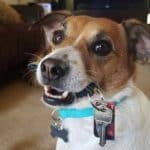

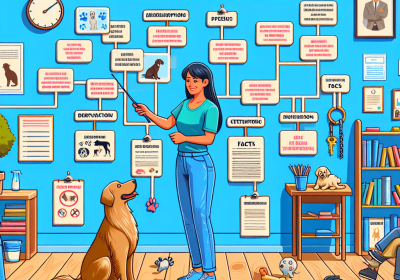
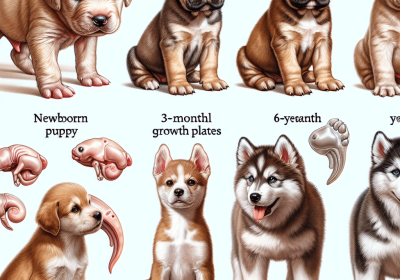
![The Dog Podcast Uncovers Startling Truths About What We Feed Our Dogs [Press Release]](https://storyforge.com.au/wp-content/uploads/2024/08/dogfood-400x280.jpg)
